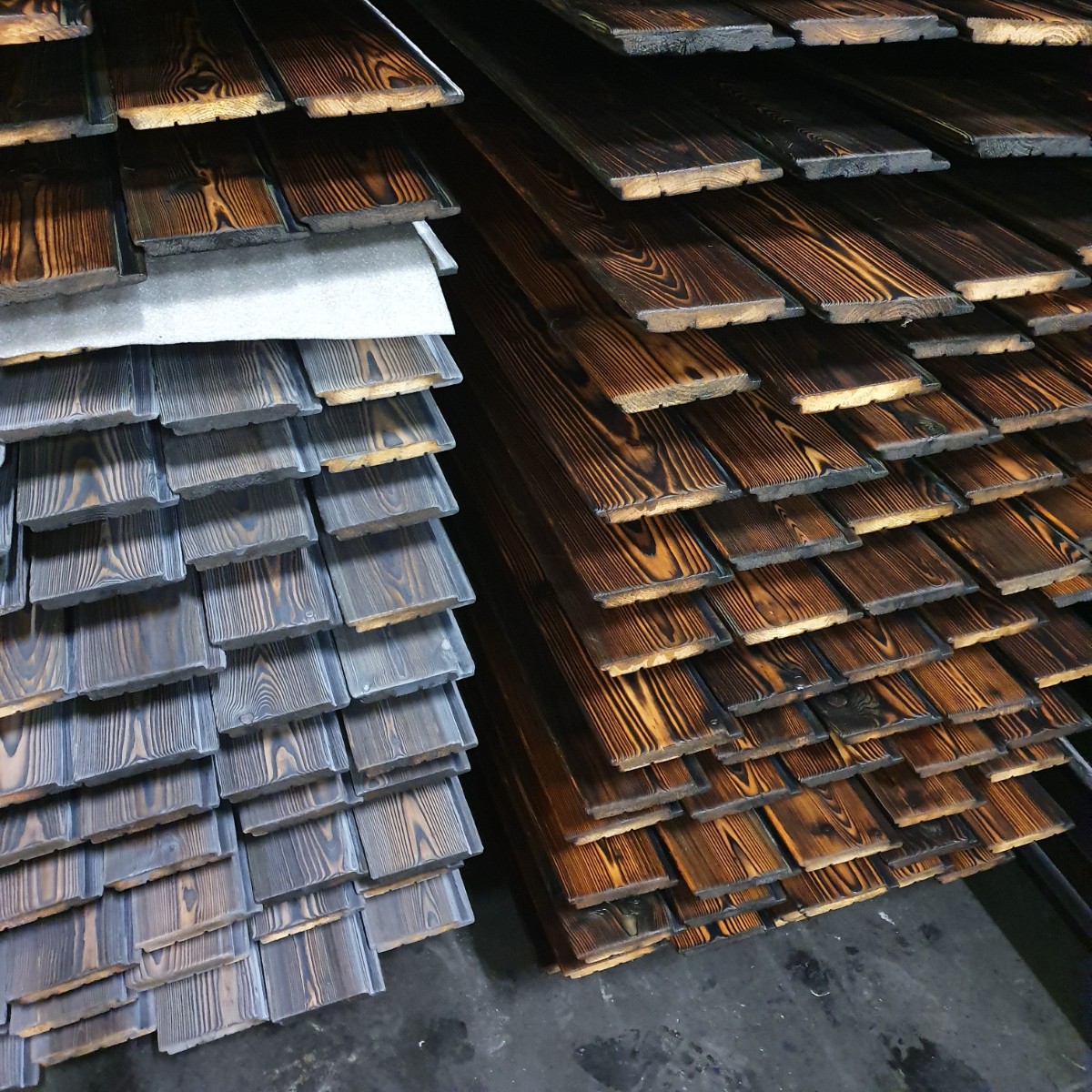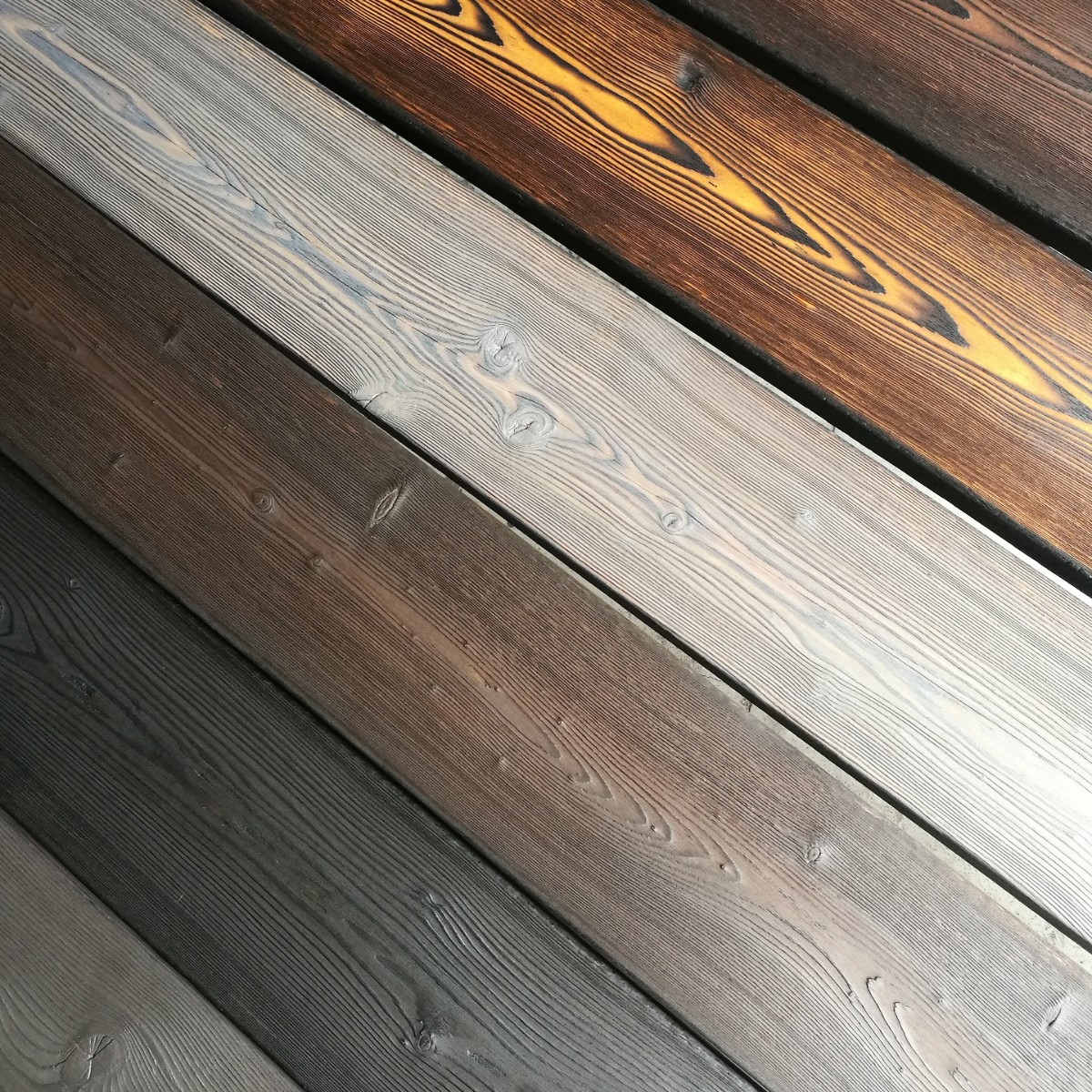Which Wood Flooring Is Best For Your Home?
Flooring is one of the most critical elements of your home, visually and functionally. Good flooring is the foundation that you walk on. If your floors are of poor quality, you will feel it with every single step.
From an aesthetic standpoint, a hardwood floor can completely change a room’s atmosphere, even more so than your walls in some cases. With that in mind, choosing the right type of flooring is an important decision that deserves proper consideration.
With so many choices at your fingertips, it can be a bit overwhelming, but fear not! We’ve compiled a list of the best wood flooring options for your home to help you get that perfect look and feel. So let’s not waste any time and get down to the floor!

Top Picks For A Home Flooring Fix
The type of flooring you choose will depend on several factors. From the kind of home you have to the climate you live in, each element can affect your choice. With that in mind, here are some of the best options with their advantages and disadvantages:
Linoleum
One of the most common types of flooring materials, linoleum is a type of natural flooring that stands up reasonably well to regular use. Equally seen in kitchens, bathrooms, and entire apartments, linoleum is a good low-cost option for someone who needs a basic floor that can withstand moderate levels of wear and tear.
- Pros
The main advantage of linoleum flooring is the ease of installation. Depending upon the exact style you get, linoleum tiles can be snapped together in place. This makes linoleum a good choice for people who want to go the do-it-yourself route.
- Cons
Although linoleum is reasonably durable, it does have one crucial weakness – water. Linoleum tends to absorb moisture and then expand and contract. Over time this expansion may cause noticeable warping, which can be costly to repair. It may be more prudent to invest in a more durable flooring up-front, especially if your floor may come into contact with liquid. Especially for kitchen or for bathroom flooring where water spills are likely, we suggest choosing another option.
Vinyl
Another popular flooring option is vinyl. Available in a variety of styles, colors, and textures, vinyl is a second reasonably good lower-cost flooring option. With the various texturing options at your disposal, vinyl can be made to look like nearly any other material, making it a chameleon of sorts—a good choice for those who may want to change room styles in the future.
- Pros
The advantage of vinyl flooring over linoleum is its water resistance. Vinyl is entirely impervious to water. You can put vinyl flooring in a kitchen without worrying about spills. This makes vinyl a trendy choice for apartments, bathrooms, and even outdoor patios.
- Cons
There’s always some kind of downside, and with vinyl, that downside is durability. While vinyl has no problems with water, it does have some issues with hard impacts. Vinyl can be cut or punctured rather easily as well. Vinyl might not work well for bedrooms or for basements, where heavy furniture may be moved, damaging the flooring. This characteristic, combined with the sometimes difficult installation, may make vinyl a tough call in certain situations.
Ceramic
Ceramic tile is made of a clay mixture, and while it is often used for bathrooms, it can be used in any room. In hot climates, it is used more often because of its insulation capabilities. There’s a high chance that your kitchen or bathroom may already have ceramic tile in it, so you may already be familiar with its hardness.
- Pros
The most significant advantage of ceramic flooring is its price. Ceramic is extremely cheap to install, often around less-than half the cost of other material per square meter. Due to its rigidity, ceramic tile is extremely easy to clean. It’s resistant to water and most cleaning agents, and it doesn’t scratch or scuff when being scrubbed. Also, as mentioned, ceramic is very good at insulating against heat in warmer weather.
- Cons
Ceramic tile does great at insulating against heat. The downside of this is that it can get very cold. This coldness can be uncomfortable for those who often walk around barefoot, making it a poor choice for bedrooms or for living rooms. Another pain point regarding ceramic flooring is difficult installation. The process involves a lot of effort to lay the cement foundation required to set the tiles in.
Charred Timber
When you see the term “charred wood,” you may think of regular wood floors. You’d be wrong. Also called Yakisugi or Shou Sugi Ban, it’s a traditional Japanese method for preserving wood. The result of burning the wood changes its molecular structure, which vastly increases its resilience and longevity.
- Pros
Burnt wood flooring is exceptionally durable. The molecular changes through the Shou Sugi Ban process make the wood able to withstand the elements. Charred timber resists water, cold, and heat with no problems. Even insects can’t penetrate it. Another benefit of Yakisugi treated wood is aesthetics. Charred wood has a very unique and appealing texture that can easily complement any architectural style. Check out the link above to see some great examples. Shou Sugi Ban flooring is also extremely easy to maintain, often requiring no maintenance at all for upwards of 80 years.
Charred wood is very easy to clean, making it an excellent option for dogs. Simply sweep up the shedding with ease. No muss, no fuss! You won’t need to worry about the floor losing its brilliant color or shine.
- Cons
Nothing is perfect, and even burnt wood has two main downsides, the first being price. Because of the intricate process of creating charred timber, the production cost is higher. The second issue is related to the first, and that is the process involved. Shou Sugi Ban is not very DIY-friendly. It is recommended that someone trained in the traditional Japanese art of Yakisugi perform the treatment on the wood to ensure success and quality.
Which Floor Gets the High Score?
Ultimately, whichever flooring you choose depends on your personal preference, style, and budget. Burnt wood gets high marks in all the critical categories, including durability, lifespan, and beauty. While we understand prices can be a factor, it’s better to invest a little more up-front and receive a superior product and peace of mind that will last for decades.

Degmeda offers best-in-class Japanese wood charring services and products to make all your ideas come to life. With our help, your floor will never be a bore!